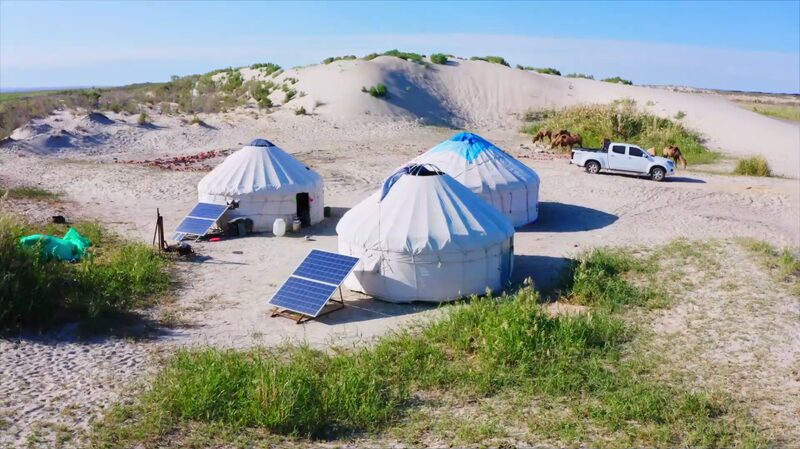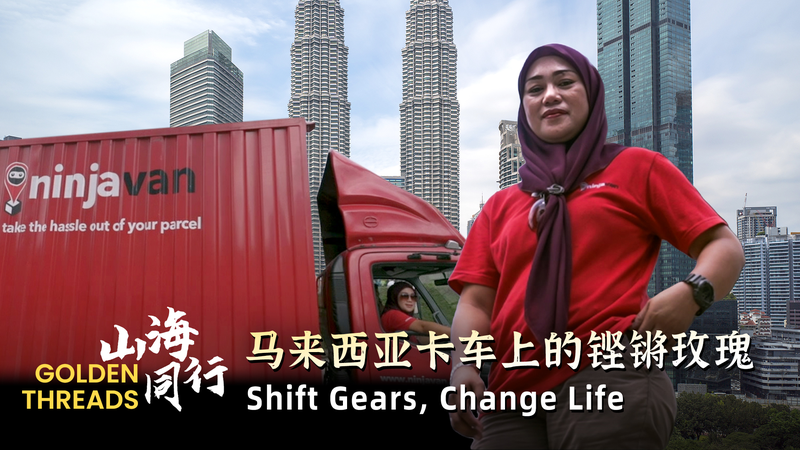In the vast pastures of the Xinjiang Uygur Autonomous Region, photovoltaic (PV) panels are transforming centuries-old traditions. Herders in northern Xinjiang now harness solar energy to power refrigerators, lighting systems, and communication devices while moving between grazing lands — a breakthrough merging sustainability with nomadic lifestyles.
This clean energy solution addresses the challenges of mobile living, where access to grid electricity was historically limited. With lightweight PV systems easily transported via camel or horse, families preserve dairy products longer, charge mobile devices for weather updates, and maintain connectivity with neighboring communities. Local authorities report that over 70% of mobile herding households now use solar power during seasonal migrations.
‘Every sunset used to mean darkness,’ said local herder Gulnur Aman, ‘Now our children study at night, and we can preserve meat for winter.’ The initiative aligns with global green energy trends while respecting cultural practices, offering a model for remote communities worldwide.
Analysts note the project’s dual impact: improving living standards while contributing to China’s renewable energy targets. Similar solar applications are being explored in Mongolia’s steppes and Kenya’s pastoral regions, signaling a growing intersection of traditional livelihoods and modern tech solutions.
Reference(s):
Photovoltaic panels bring convenience to herders' lives in Xinjiang
cgtn.com




